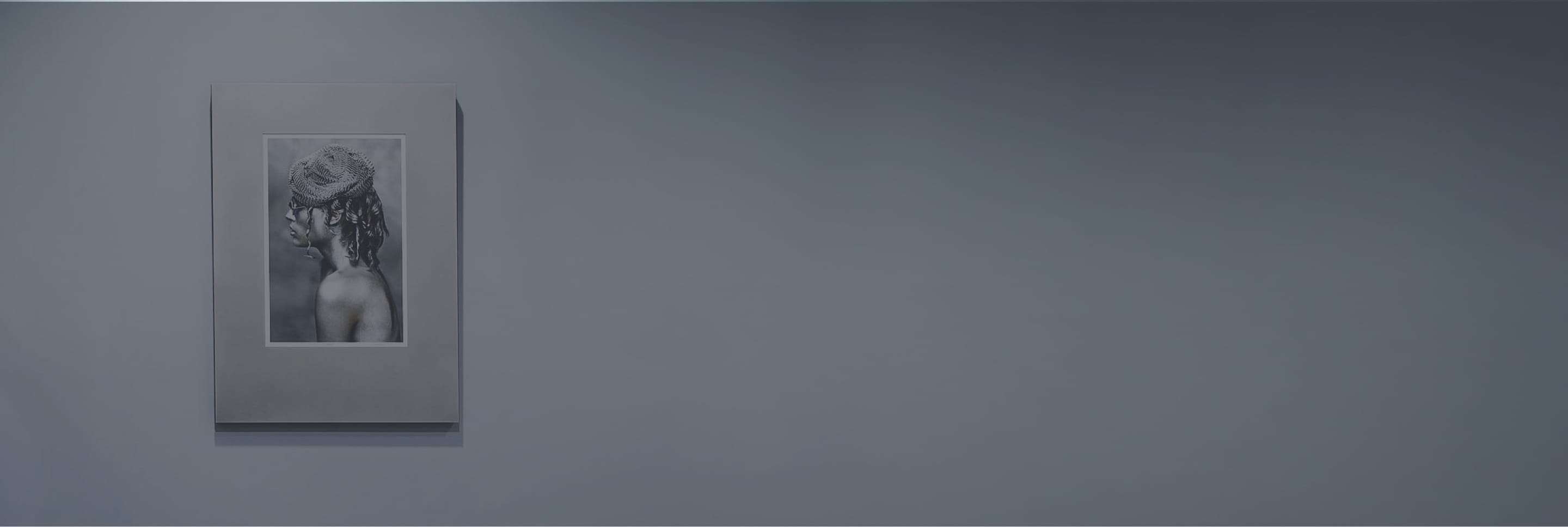In my plastic surgery practice we all become so accustomed to talking aboutBotox and dermal facial fillers on a daily basis, that we may incorrectly assume that everyone knows all about these procedures and their uses. But it occurred to me that there are probably many people who may not know the difference between how Botox and facial fillers work to reduce facial wrinkles. So here are the basics.
According to the American Society of Aesthetic Plastic Surgeons (ASAPS) Botox® Cosmetic is currently the number one non-surgical procedure in the country and has been since it was FDA approved in 2002. Botox is a Botulinum Toxin Type A product, as are Dysport®, and Xeomin®. This is a family of neurotoxins that block nerve signals that cause muscles to contract. The toxin works directly where it is placed, and thus can be artistically used to alter facial expressions. These products are appropriate for active lines or age associated wrinkles that are just starting to appear, and they act by temporarily weakening or paralyzing the muscle that is causing the wrinkle. Although FDA approved to treat the glabellar lines or “elevens” that form between the eyebrows, it is also often used on crow’s feet and those “bunny lines” that we get at the intersection of the eyes and nose. Most of these products require repeat treatment every 3-4 months to maintain results.
Dermal facial fillers, which contain hyaluronic acid go by the name of, Juvederm®, Restylane® and Perlane® as well as others, are more useful for treatment of firmly established wrinkles or larger lines of facial aging (such as the nasolabial folds) which are those lines between your nose and corners of your mouth that tend to become more defined as we age. They are all variations of hyaluronic acid, which is a naturally occurring substance that is present throughout the body. For example, HA provides support and hydration of the skin and it lubricates joint spaces. These dermal fillers restore volume to the face and can add structure as well. They are a good choice for adding volume to the lips. Depending on the type of filler and the depth at which it is injected, you can smooth out fine lines on the surface of the skin and fill out deeper lines. Most of these products last for about 6 months, sometimes longer depending on the area treated.
The newest products on the market, such as Radiesse®, contain microsphere technology, Microspheres are tiny round particles of solid material that are relatively uniform in size. These products are used for volume replacement and for deep facial wrinkles (such as the nasolabial folds.) These products provide more volume than the HA products. It is important that your provider is very experienced with Radiesse® as it is less forgiving than some of the other facial fillers if not injected properly. These products are great for helping to sculpt a jawline that has some laxity and creating cheek volume. Radiesse® results last for about one year. Using a combination of these approaches is often called a “liquid facelift.” Results, of course, will not be as dramatic as a surgical facelift but can definitely give significant improvement for the right patient in the right hands.
These are the basics of facial fillers, but the game is changing all the time, and there are new products gaining FDA approval as this blog is being written. The best approach to finding out which products are best for you, is to speak with a board certified plastic surgeon or dermatologist who offers many options and one with significant expertise in injectables. They will be able to help guide you on the best products to help you achieve your goals for non-surgical facial rejuvenation.
For more information about Botox and dermal facial fillers or to schedule a consultation, please call Grand Rapids Plastic Surgeon, Dr. Steven Ringler at 616.328.8800


